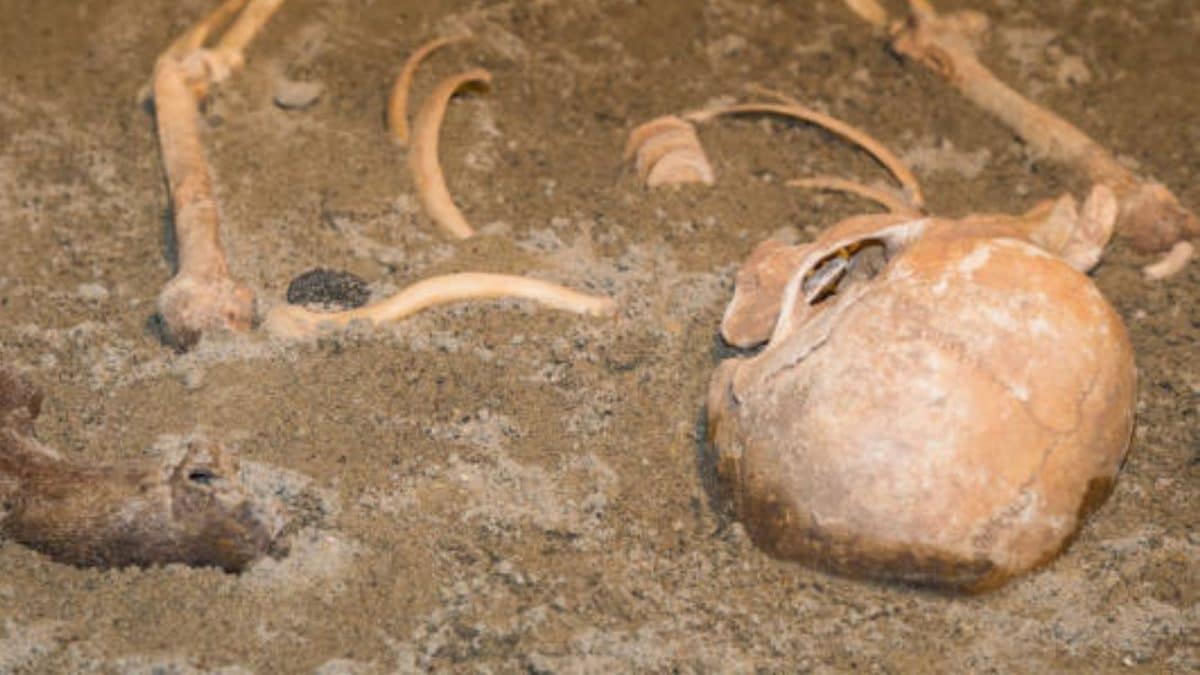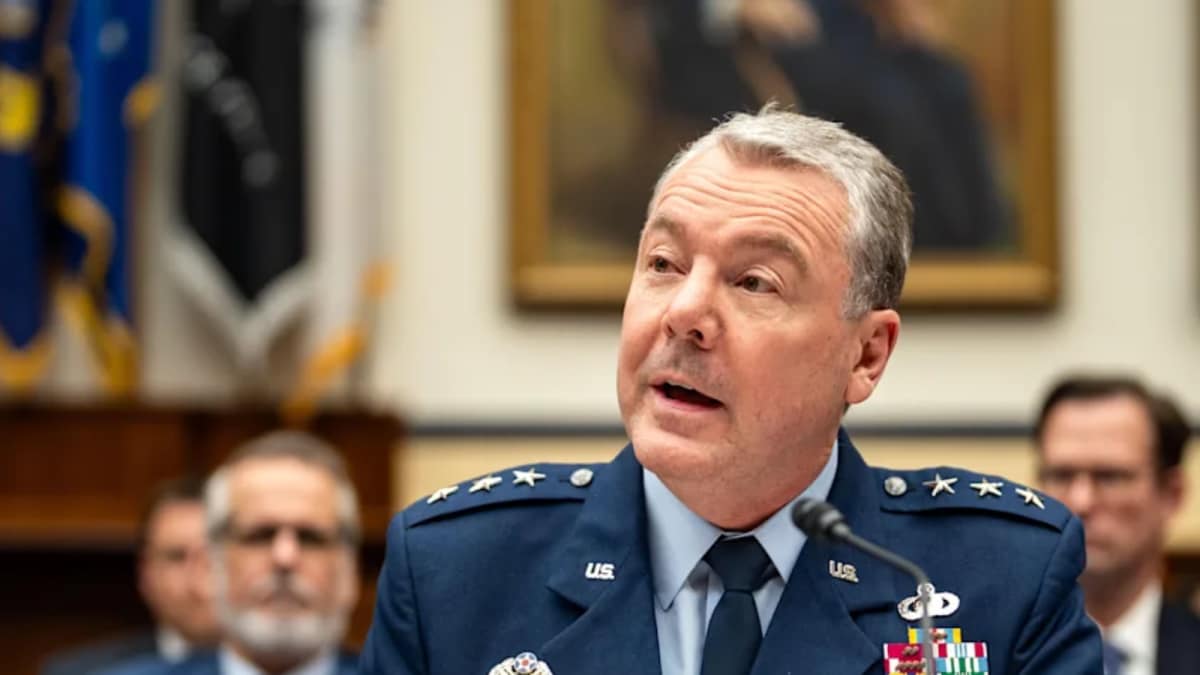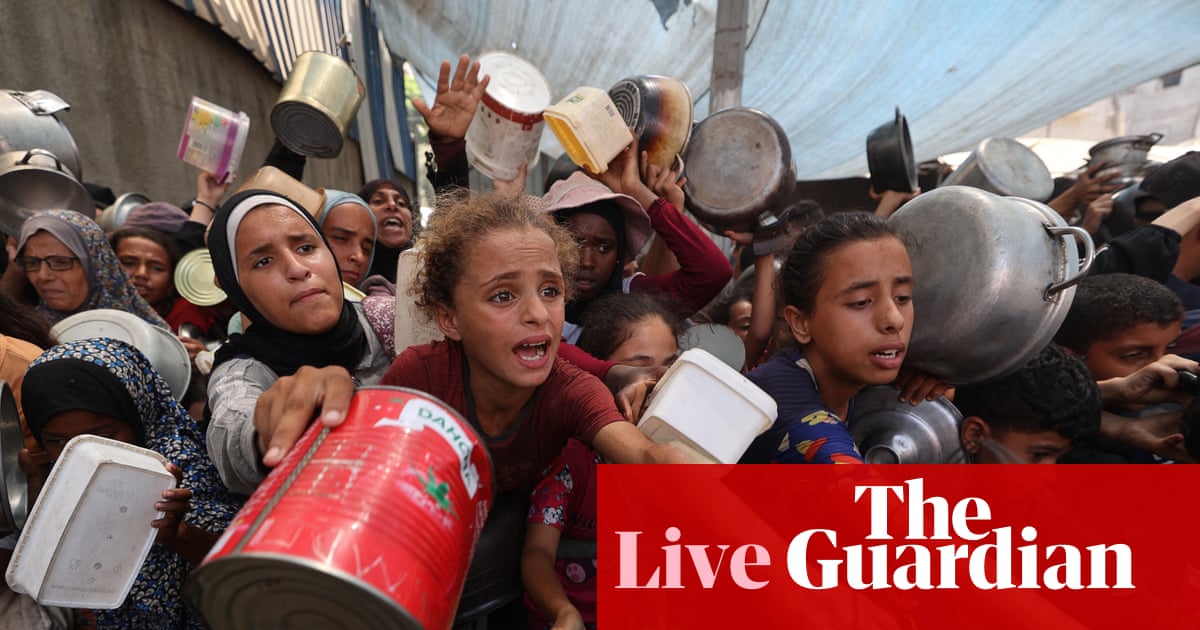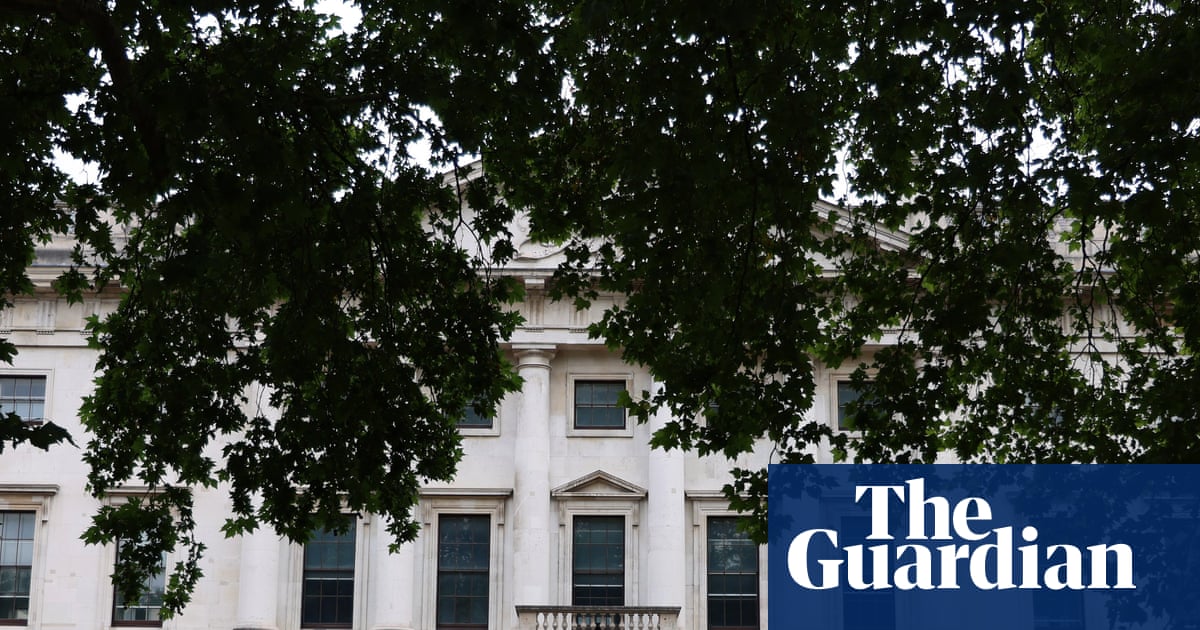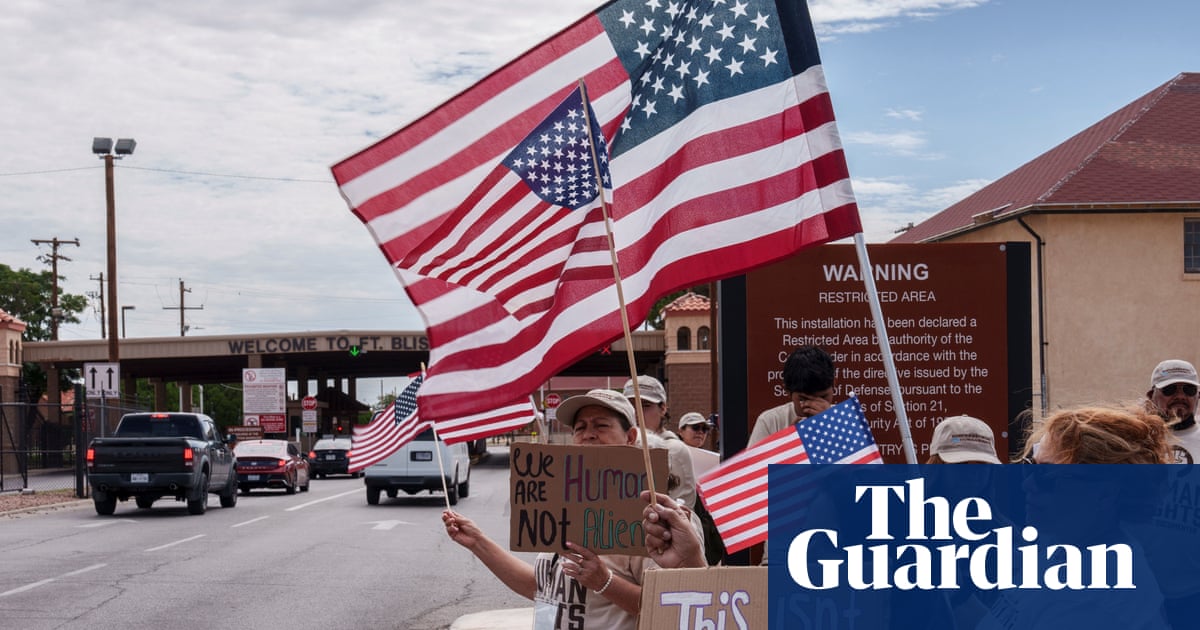Last Updated:August 23, 2025, 16:55 IST
The United Nations declares a famine when 20% of the population lacks sufficient food, hunger causes 2+ deaths per 10,000 daily, and over 30% of children are malnourished

Among the three conditions, the United Nations declares a famine when more than 30% of children are malnourished. (AP/File)
The United Nations officially declared a famine in Gaza on August 22, stating that 500,000 people are facing “catastrophic" hunger. This announcement raises questions about whether aid will now reach the region, especially given the Israeli Foreign Ministry’s immediate response that “there is no famine in Gaza".
The United Nations officially declares famine in a region when the situation reaches a severe humanitarian crisis, indicating not just a shortage of food but widespread distress. The term “famine" is applied cautiously under the Integrated Food Security Phase Classification (IPC) scale.
Criteria For Declaring A Famine
The United Nations declares a famine when three critical conditions are met:
20% of the population does not have enough food.At least 2 out of every 10,000 people are dying of hunger daily.Over 30% of children are malnourished.A famine declaration signifies a severe humanitarian crisis beyond mere food shortage, indicating mass deaths due to hunger.
What Happens When A Famine Is Declared
When a famine is declared, a global alarm is sounded, suggesting that the affected area cannot manage the crisis alone.The World Food Programme (WFP) promptly sends large quantities of food grains.UNICEF provides high-energy food supplements and medicines for children and mothers.The World Health Organization monitors disease spread, which often accompanies famine.The UN appeals for funds from member countries, donor agencies, and NGOs worldwide.It pressures local governments not to obstruct relief efforts. (For example, in Somalia or Sudan, the government or militias often blocked relief supplies)Violence, looting, and migration often occur in famine-affected areas. United Nations peacekeeping or international security forces can protect relief distribution, which also brings the area under UN peacekeeping.Impact On People’s Lives
Special camps are established in affected areas to provide food and water.Priority is given to children, pregnant women, and lactating mothers.Daily airlifts and relief trucks are dispatched to deliver aid.In prolonged crises, millions of people may be displaced, seeking refuge in neighboring countries.Assessment Process Before Famine Declaration
Data is collected from various sources.Information is obtained from the local health ministry, hospitals, and clinics, documenting child malnutrition and hunger-related deaths.Market surveys are conducted to assess food availability and prices.The status of water, electricity, and fuel is evaluated.The frequency of daily meals among the population is recorded.Child malnutrition is measured through weight and height assessments.Data on deaths, particularly among children under five, is compiled and analysed.Decision-Making Committee
The Integrated Food Security Phase Classification (IPC) is composed of experts from UN agencies, NGOs and local authorities. This team compiles data to assess the condition of different areas. Before declaring a famine, the Famine Review Committee conducts an independent evaluation, including international specialists in food security, nutrition, and epidemiology, to verify the reliability of the data and ensure the assessment is free from political influence.
Involvement Of Various Organisations
The report is submitted to the office of the United Nations Secretary-General.The United Nations Office for the Coordination of Humanitarian Affairs issues an official press statement.The World Food Programme, UNICEF, Food and Agriculture Organization, and World Health Organization jointly present the report.The Global Committee of the IPC then provides technical approval.This process does not require the consent of any specific country or countries.Deployment Of Peace Force
The UN peace force is deployed only in cases of violence, armed conflict, or political instability, following a resolution by the United Nations Security Council. If routes are unsafe, the UN Security Force or local army provides protection. Peacekeepers may guard food convoys, camps, and prevent looting.
Complexities In Gaza
The situation in Gaza is complicated as the UN Peace Force has never been deployed there due to opposition from Israel and the United States, with the latter often exercising its veto power. The delivery of relief materials requires an agreement between Israel, Egypt, and Hamas, with some borders opened under UN supervision.
Location :Israel
First Published:August 23, 2025, 16:55 IST
News world What Happens If The UN Declares Famine In Gaza And Why It Matters | Explained
Disclaimer: Comments reflect users’ views, not News18’s. Please keep discussions respectful and constructive. Abusive, defamatory, or illegal comments will be removed. News18 may disable any comment at its discretion. By posting, you agree to our Terms of Use and Privacy Policy.
Read More

 7 hours ago
7 hours ago
